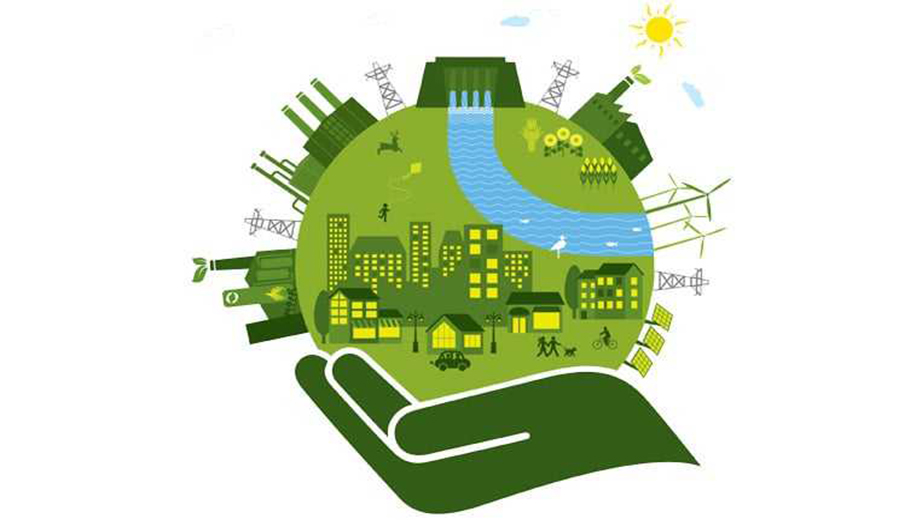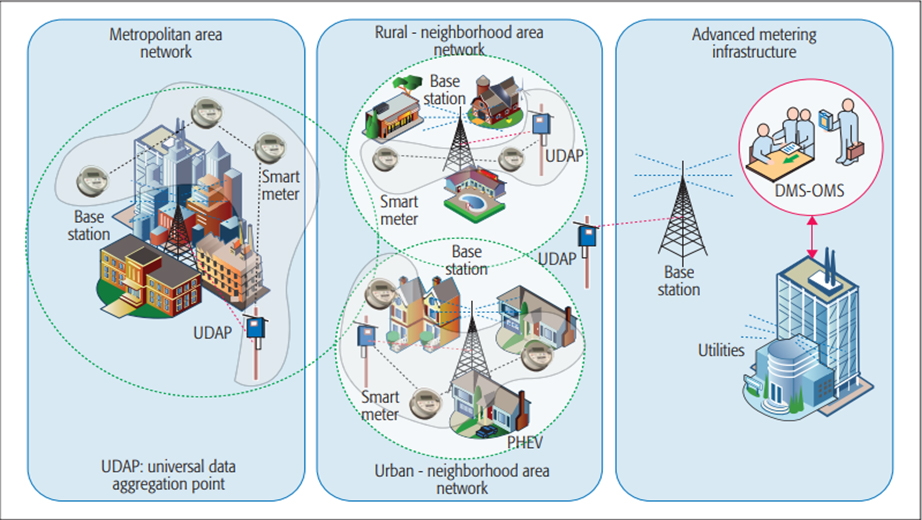Noticia
The use of green communications to reduce environmental impact
Quito,
miércoles 20 diciembre 2017

The use of green communications
UPS has begun conducting research aimed at making conventional electrical networks be efficient and reliable. The research has suggested solutions to get to a smart electrical network through an optimal planning of wireless communications networks with the inclusion of optical networks.
The results have been presented in high impact journals indexed to well-known data bases such as Scopus, ISI Web of Science:
- Scalable Route Map for Advanced Metering Infrastructure Based on Optimal Routing of Wireless Heterogeneous Networks. It is a real geo-referenced system where different wireless communication technologies combine to reduce the implementation costs for electricity companies. This work was carried out by GIREI (research group on intelligent electrical networks) directed by Esteban Inga (UPS - Quito), Sandra Céspedes (University of Chile), Roberto Hincapié (Universidad Pontificia Bolivariana) and Andy Cárdenas (University of Chile) . The article is published in the IEEE Wireless Communications journal.
- Optimal Scalability of FiWi Networks Based on Multistage Stochastic Programming and Policies, It presents options that in a space of time facilitate the growth, expansion and scalability of the resources involved in the communications network, traditionally used in cellular telephony, but that can be extended to a multiservice network. This work was carried out by GITEL (telecommunications research group) and GIREI, directed by Arturo Peralta (UPS- Cuenca), Esteban Inga (Universidad Politécnica Salesiana - Quito) and Roberto Hincapié (Universidad Pontificia Bolivariana). The article is published in the Journal of Optical Communications and Networking indexed in Scopus.
This research shows how UPS is supporting green communications capable of being reused, and thus minimize the environmental impact by reducing energy consumption, achieving a bidirectional network that allows to reduce energy losses due to theft, and an optimal cost per investment
Contenidos Relacionados
Contenidos Relacionados
Noticias Relacionadas
Noticias Relacionadas






Follow us
Follow us